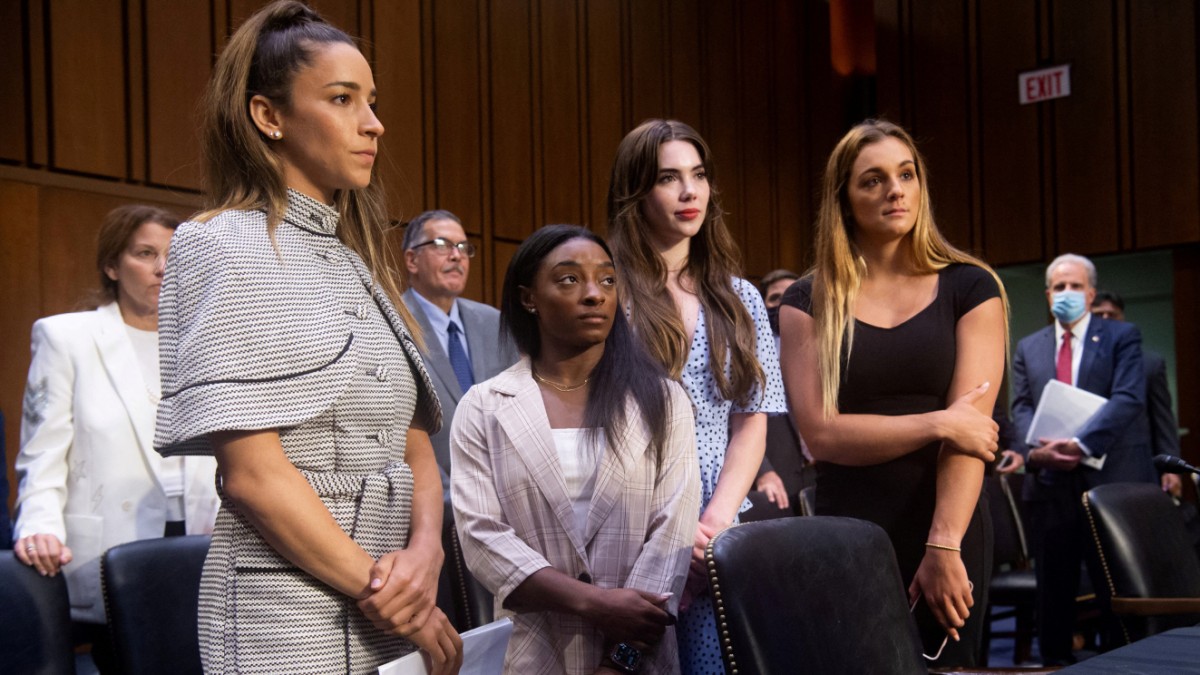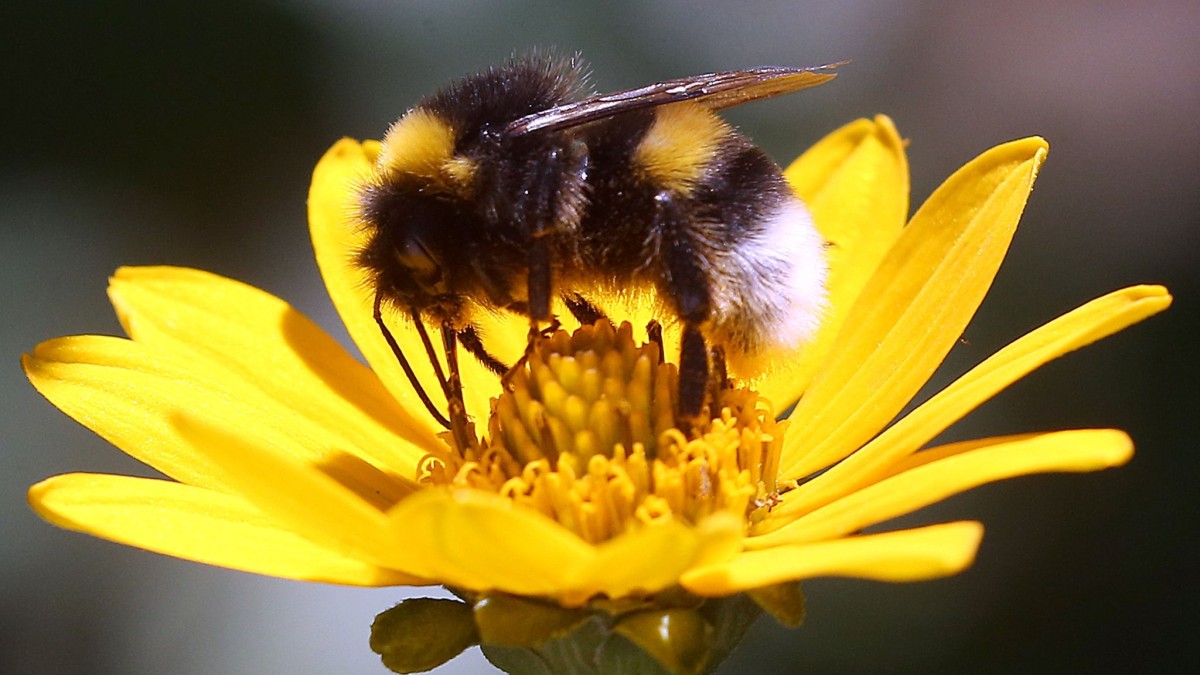Konstanz/Ulm (DPA) – The controversial herbicide glyphosate could jeopardize the reproductive success of bumblebees. According to a German study, herbicides can make ground bees less able to maintain temperature in the nest when food is scarce. Without enough heat, the team writes in Science that the brood is in danger and with it the survival of the entire wild bee colony.
In recent years, studies have repeatedly provided evidence of how glyphosate affects honey bees (Apis mellifera) – for example on cognitive abilities or the immune system. But little is known about the effects of the herbicide on the approximately 20,000 species of wild bees.
Thermal regulation in the nest is disturbed
The team, led by biologist Anja Weidenmüller from the University of Konstanz, examined the bumblebee (Bombus terrestris), one of Germany’s largest and most common species of bumblebee. They set up 15 colonies of bees in the lab, each of which was divided in half with a net: the forage bin of one half contained pure sugar water, while the other half contained glyphosate in the sugar water.
As the group noted, exposure to glyphosate does not directly kill insects. However, these colonies were worse at maintaining nest thermoregulation when food supply was restricted. For optimal growth of the brood, the temperatures in the nest should be between 28 and 35 ° C.
“Bumble bee colonies are under extremely intense pressure to grow as quickly as possible in a short period of time,” a statement from her university quoted Weidenmueller as saying. If they cannot maintain the necessary incubation temperature, the brood develops slower or not at all. This limits colony growth: “Only when they reach a certain colony size in the relatively short growth stage can they produce sexually mature individuals in the colony, i.e. queens and males.”
Consequences of the whole colony
Insects generate heat by contracting their flight muscles. This costs a lot of energy, which is why this time in particular is closely related to the food supply. If this was restricted in the experiment, the bees’ ability to regulate heat was reduced by 25 percent. Weidenmüller summarizes: “They can no longer keep the brood warm for long.”
For biologist Vincent Doble of the University of Ulm, this is an important finding, because the research so far has neglected thermoregulation. “The study shows that small effects at the individual level can have big consequences for the entire colony,” says Dabelh, who was not involved in the work.
It is still not clear how glyphosate achieves this effect. A study conducted on honey bees showed that the herbicide alters the intestinal flora and makes it more susceptible to certain pathogens. “It makes sense that glyphosate would also affect the microbiome of bumblebees, ensuring, for example, that they are less able to use nutrients and therefore become weaker,” the biologist speculates.
Cognitive abilities may also be affected
Since the herbicide impairs the cognitive abilities of honeybees, similar effects can also be visualized for bumblebees: “They may simply not notice that the temperature in the nest is dropping.” In the end, different mechanisms can also interact.
Doublet’s study shows that herbicides don’t necessarily have to be directly deadly to insects to have serious consequences. To date, approval of such agents has often been based on experiences with honey bees that are well fed and live in the best conditions. The complex interactions of various stress factors such as food supply, weather, and pathogens would not be recorded in this way.
Lead author Weidenmüller stresses: “The combination of resource scarcity in cleared agricultural landscapes and pesticides can pose a significant problem for bee colony breeding.” New pesticides must be closely examined before they are approved. So far, only the number of animals that died within 24 or 48 hours after being fed or in contact with a substance has been verified: “Intrinsic effects, that is, effects on organisms that are not fatal, but are different, for example, in the physiology or behavior of the animal can be For animals that make them noticeable have significant adverse effects and should be considered in the future authorization of plant protection products.”
© dpa-infocom, dpa: 220603-99-534778 / 2

“Alcohol buff. Troublemaker. Introvert. Student. Social media lover. Web ninja. Bacon fan. Reader.”







More Stories
Newly appointed Science, Research and Innovation Council
Asparagus with Salmon and Avocado: A slightly different asparagus dish
Intelligence and Alzheimer's disease: How fit is your brain? Your eyes guide her